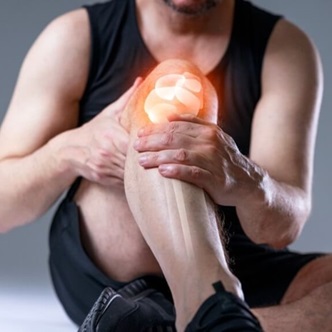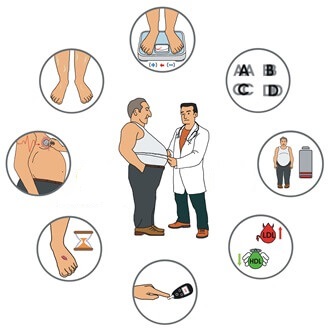See details
READ MORECupping Therapy
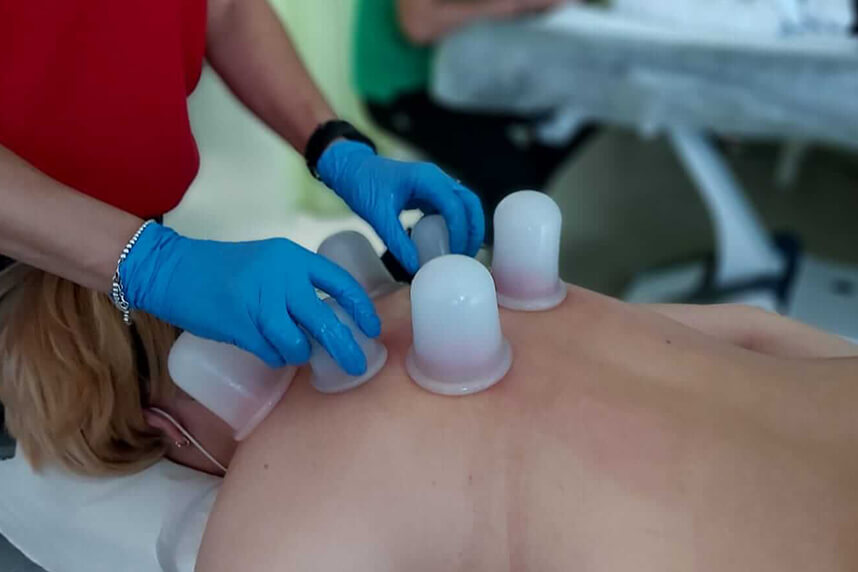
At Centrokinetic, we offer access to cupping therapy, a traditional yet effective method integrated into our modern medical recovery plans. This technique helps reduce pain, improve circulation, and support a faster recovery. Whether you are dealing with muscle pain, chronic tension, or looking to accelerate recovery after an injury, cupping therapy is the ideal solution.
Benefits of Cupping Therapy
- Cupping therapy offers a wide range of benefits, from muscle relaxation to overall well-being improvement:
- Reduces muscle and joint pain: By stimulating circulation, tension is reduced, and pain decreases.
- Improves blood circulation: The pressure created by the cups increases blood flow to the treated area, promoting healing.
- Accelerates recovery: Ideal for athletes or individuals recovering from recent injuries.
- Detoxifies the body: By stimulating lymphatic flow, it helps eliminate toxins.
- Deep relaxation: The therapy helps reduce stress and accumulated tension.
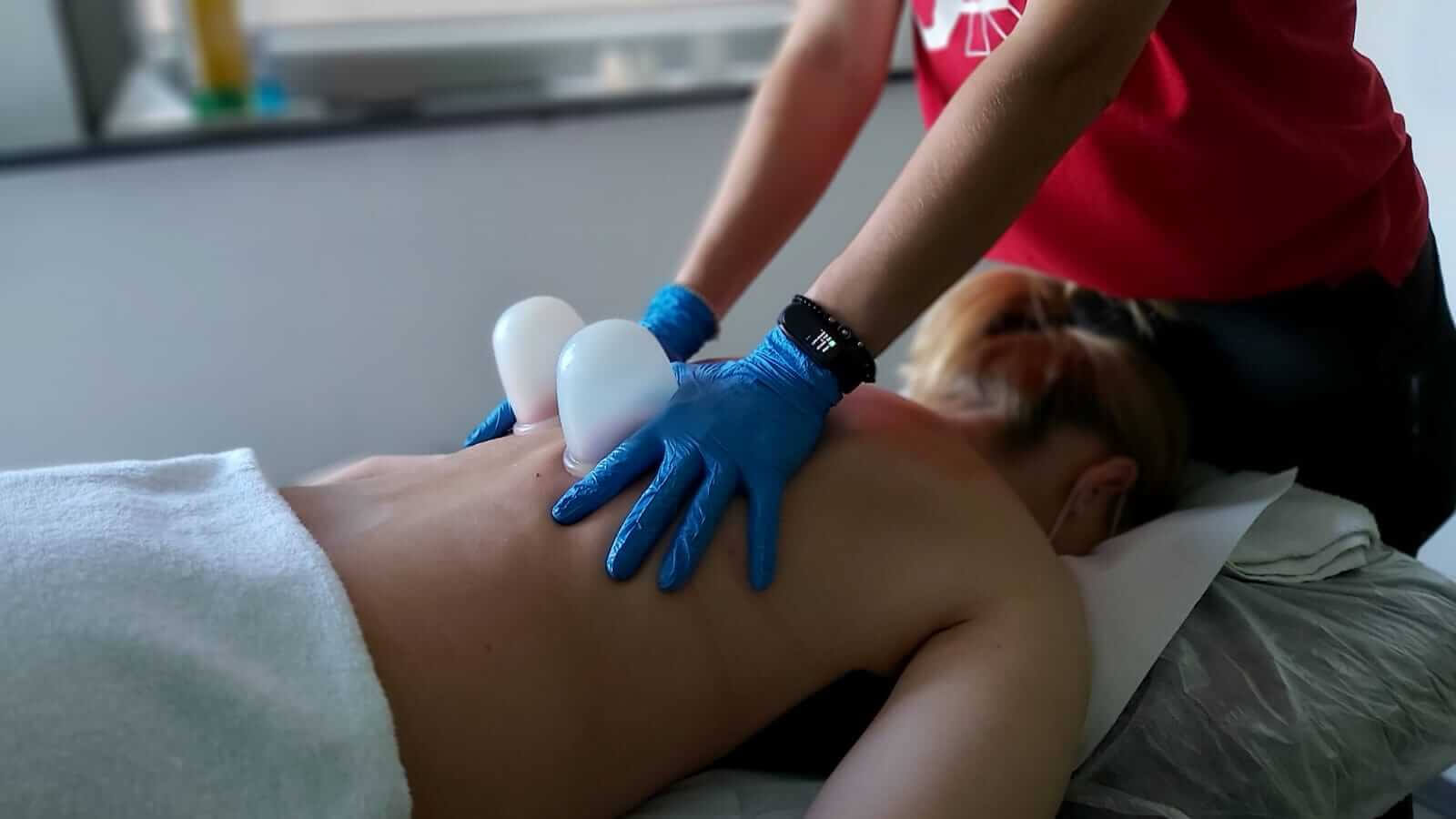 | 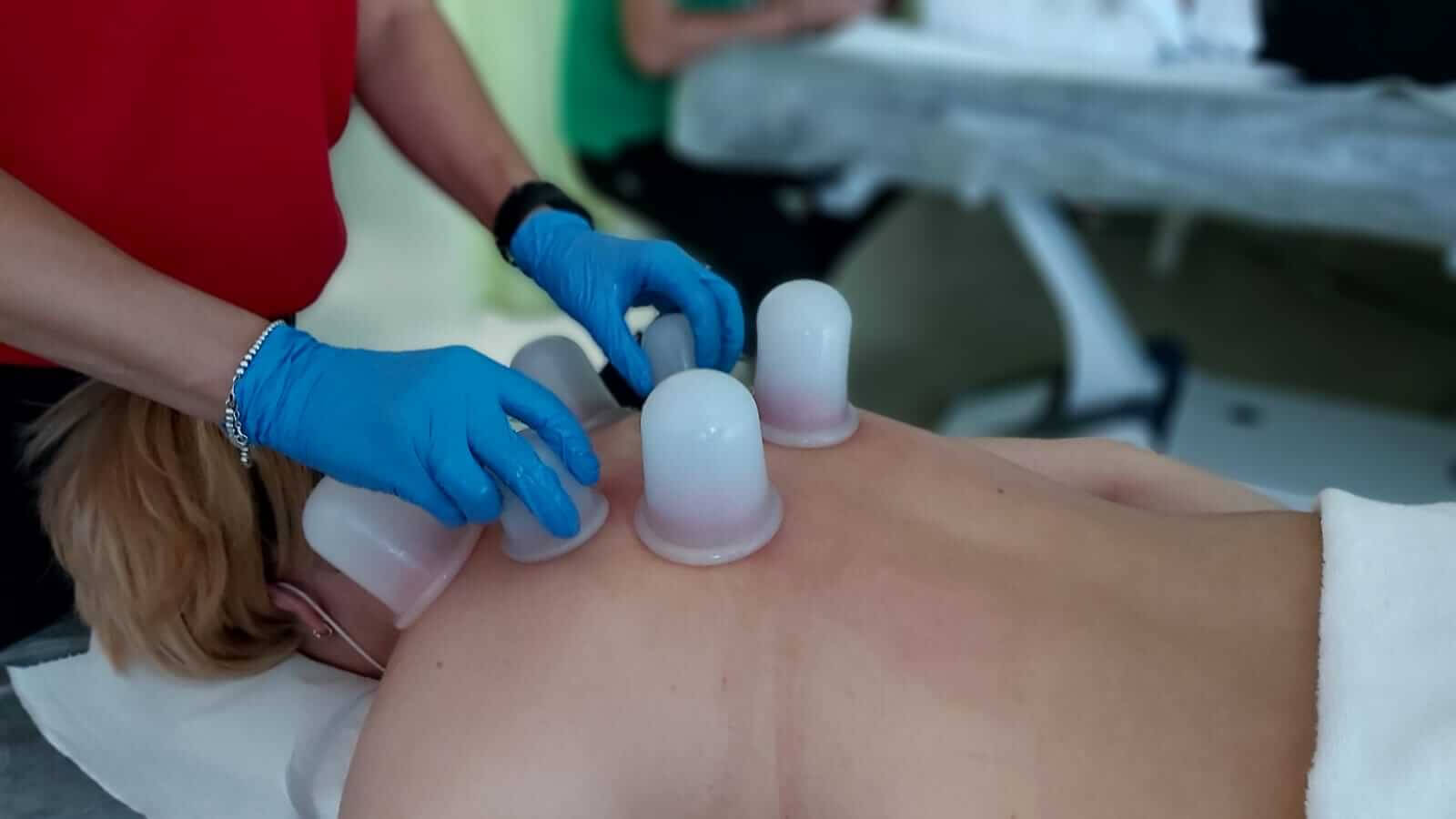 |
How Does Cupping Therapy Work?
Cupping therapy involves the use of special cups applied to the skin, creating negative pressure through suction. This stimulates blood and lymphatic circulation, helps reduce inflammation and muscle tension, and improves mobility. The procedure is non-invasive, safe, and completely natural, performed by medical recovery specialists.
Who Can Benefit from Cupping Therapy?
- Individuals suffering from muscle or joint pain.
- Athletes looking for quick recovery after intense physical effort.
- Patients with chronic muscle tension.
- Those experiencing fatigue or accumulated stress.
- Regardless of the cause of your discomfort, cupping therapy can be integrated into your recovery plan to maximize results.
Why Choose Centrokinetic?
At Centrokinetic, we are dedicated to providing the most effective solutions for your health. By choosing cupping therapy with us, you benefit from:
- A team of experienced specialists: Physiotherapists and doctors who personalize each treatment.
- Modern techniques and a safe environment: Cupping therapy is integrated into treatment plans that meet the highest standards.
- Personalized recovery plans: Cupping therapy is combined with other techniques for optimal results.
Take the first step towards a pain-free life. At Centrokinetic, we offer complete, personalized solutions for your health and mobility. We look forward to seeing you in our clinic!
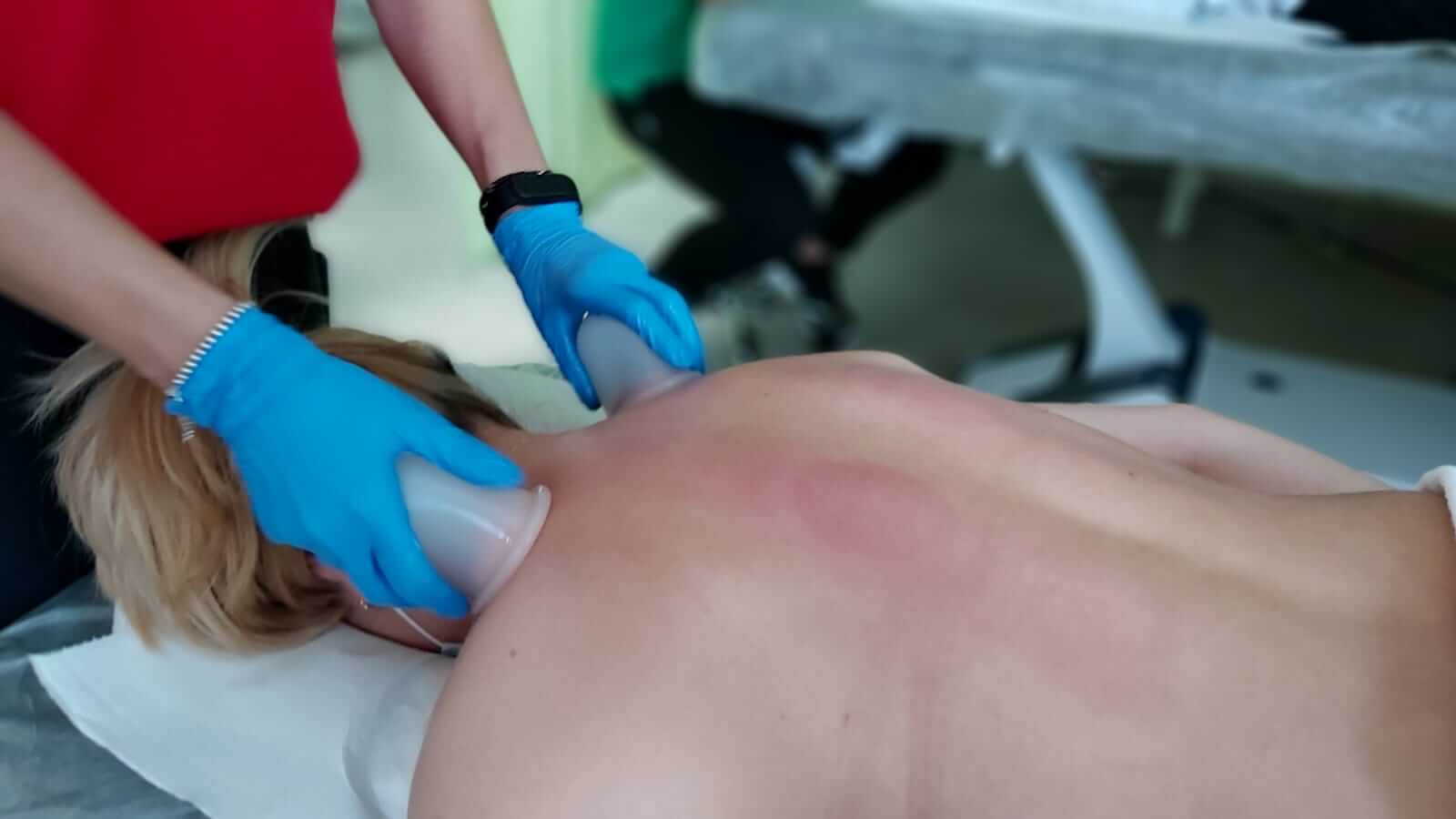
SUCCESSFUL RECOVERY STORIES
MAKE AN APPOINTMENT
FOR AN EXAMINATION
See here how you can make an appointment and the location of our clinics.
MAKE AN APPOINTMENT




